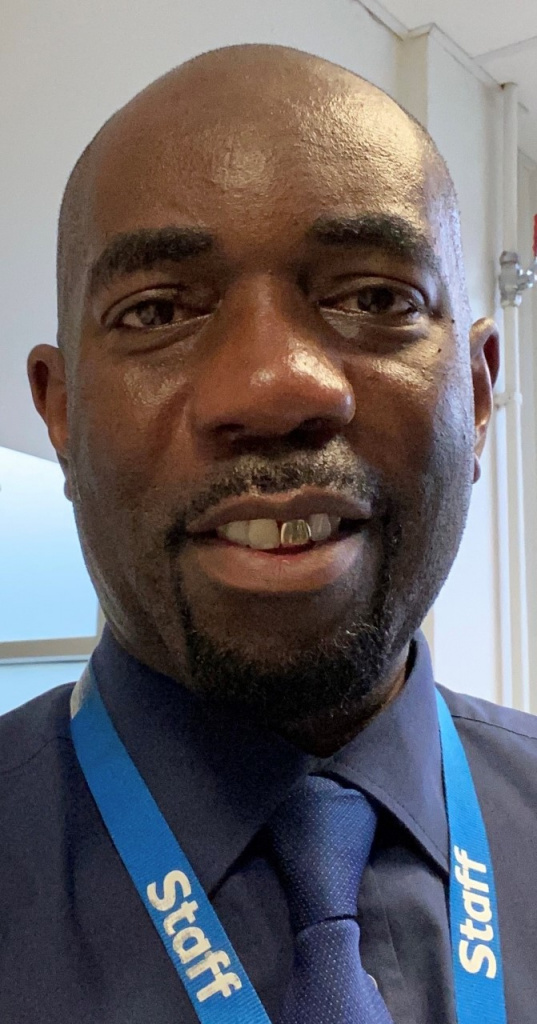
Desire to be a headteacher
I came into teaching because of a desire to make a difference to children’s lives. I have always believed that education can transform lives and create opportunities for young people. A personal experience that I always draw strength from comes from my parents. They came to the UK from Barbados in the 1960s as part of the Windrush generation - my mother an auxiliary nurse and my father a postal worker - with the intention of creating a better life for their children than they had experienced. Education was at the heart of this dream. And so it began…
I started teaching in September 1994, in South London. I knew by 1996 that I wanted to be a Headteacher. Working in a school with a high number of Black and Asian children, I could see the impact that other Black staff in the school and I had on connecting with those students and providing role models to fuel their aspiration. I recognised pretty early that if we could have that affect as teachers, the potential for Black and Asian leaders to create a significant positive impact was huge. I wanted to be that person. It was from this moment on, everything that I did in my teaching career was done with the intention of propelling me toward the aim of creating a positive impact.
In the beginning, I did not view being Black as a disadvantage, I believed it was one of my big selling points. My blackness - meaning my cultural heritage, skill set, adaptability and shared experiences with children from African and Caribbean heritage - would place me in a strong position to lead a school with a mix of cultures.
However, it was not until I was met with governors holding the majority of power, that I realised my beliefs were not shared. There are comparatively few senior Black and Asian people in senior roles and Gov.UK - School Teacher Workforce February 2021 shows in 2019, 85.7% of all teachers in state-funded schools in England were White British (where ethnicity was known) and more shockingly, 92.7% of headteachers were White British. Black African, Black Caribbean and Black Other accounted for only 1% of headteachers. The data gives a clear indication of the national picture and dire underrepresentation.